Tools Child Labour in Garment Supply Chains IRBC Agreements
Child Labour In Fashion Is Still A Major Problem

Bithi, 15, was forced to work in a garment factory. Next up for the girl — an arranged marriage. (©2016 World Vision/photo by Mark Nonkes) The needle hums, fingers fly, and piles of cloth are stitched together at record speed. "Sixty pockets an hour," says Bithi, the 15-year-old behind the sewing machine. Squished inside a second-story.
The Best Child Labor In Fashion Industry Home, Family, Style and Art Ideas
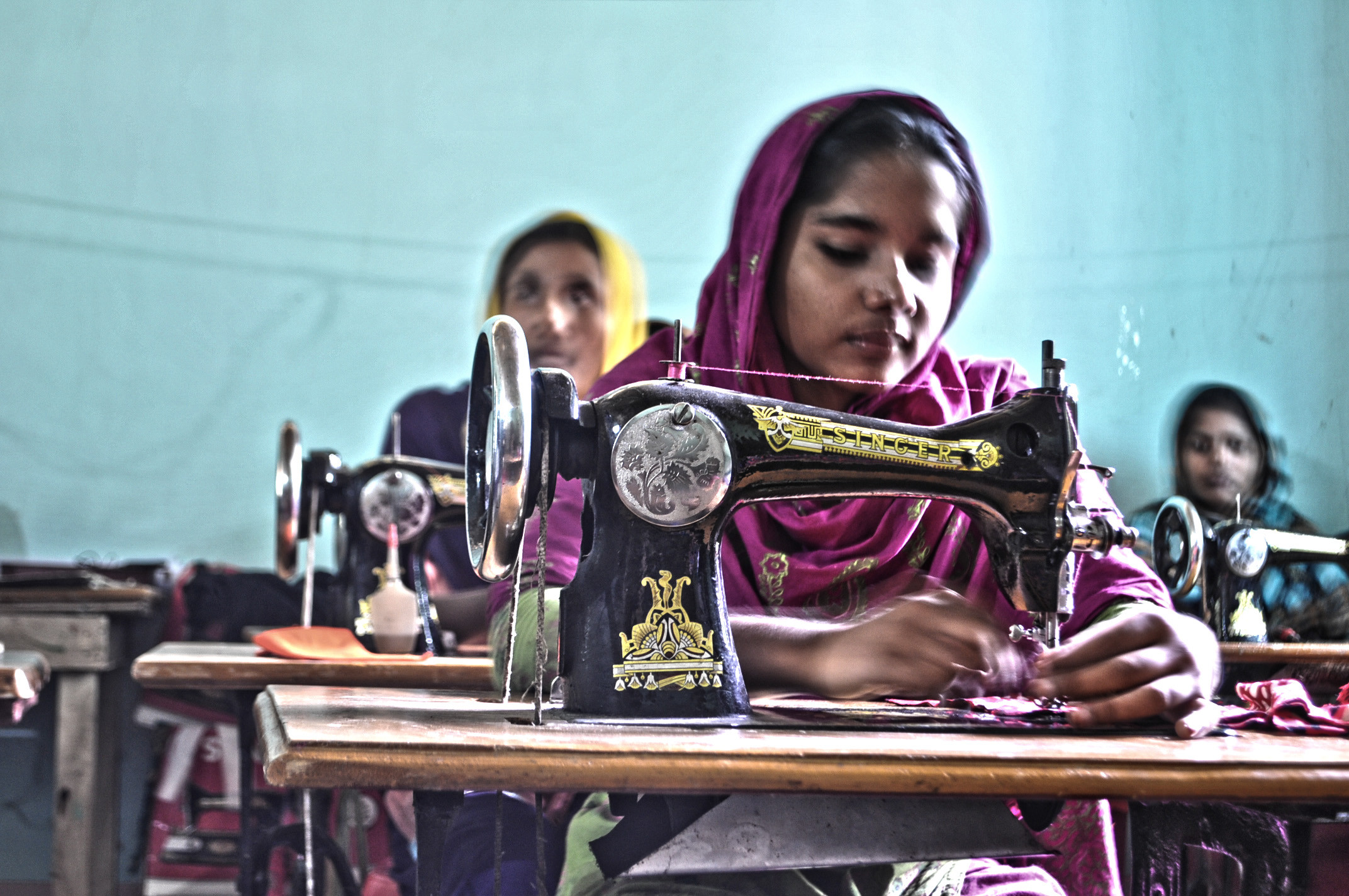
Forced labor in the clothing industry is rampant and hidden. This AI-powered search platform can expose it. Developed by Northeastern University researchers, Supply Trace combines machine learning and on-the-ground investigation to track goods from apparel companies to regions with a high risk of forced labor.
How The Fashion Industry Is Still Exploiting Child Labor Laws Around The World

More than 400,000 garment workers in Karnataka have not been paid the state's legal minimum wage since April 2020, according to an international labour rights organisation that monitors working.
Interview Photojournalist Captures the Heartbreaking Reality of Child Labor in Bangladesh

undermine the industry's contribution to positive social impact. Children are a particularly vulnerable stakeholder group in the garment and footwear supply chain, as in many sectors. Child labour and exploitative conditions for young workers are significant concerns, especially in deeper tiers. Moreover, working
Pin on 0

The issue of child labor and exploitation as it relates to the fashion design industry is about discovering tense interrelationships between modes and agencies of production and ethical responsibility. This survey of the various factors affecting child labor and exploitation acknowledges the tremendous pressure placed on individuals by the.
Child Labour POVERTY POLLUTION PERSECUTION

Hennes & Mauritz AB, more commonly known as H&M, is a fashion retailer that offers clothing and accessories for men, women, and children. Currently headquartered in Stockholm, Sweden, they are the world's second largest clothing retailer after Zara-owner Inditex. H&M produces somewhere between 550 and 600 million garments annually.
Children's Day Or Child Labour! Would You Celebrate Or Eradicate?
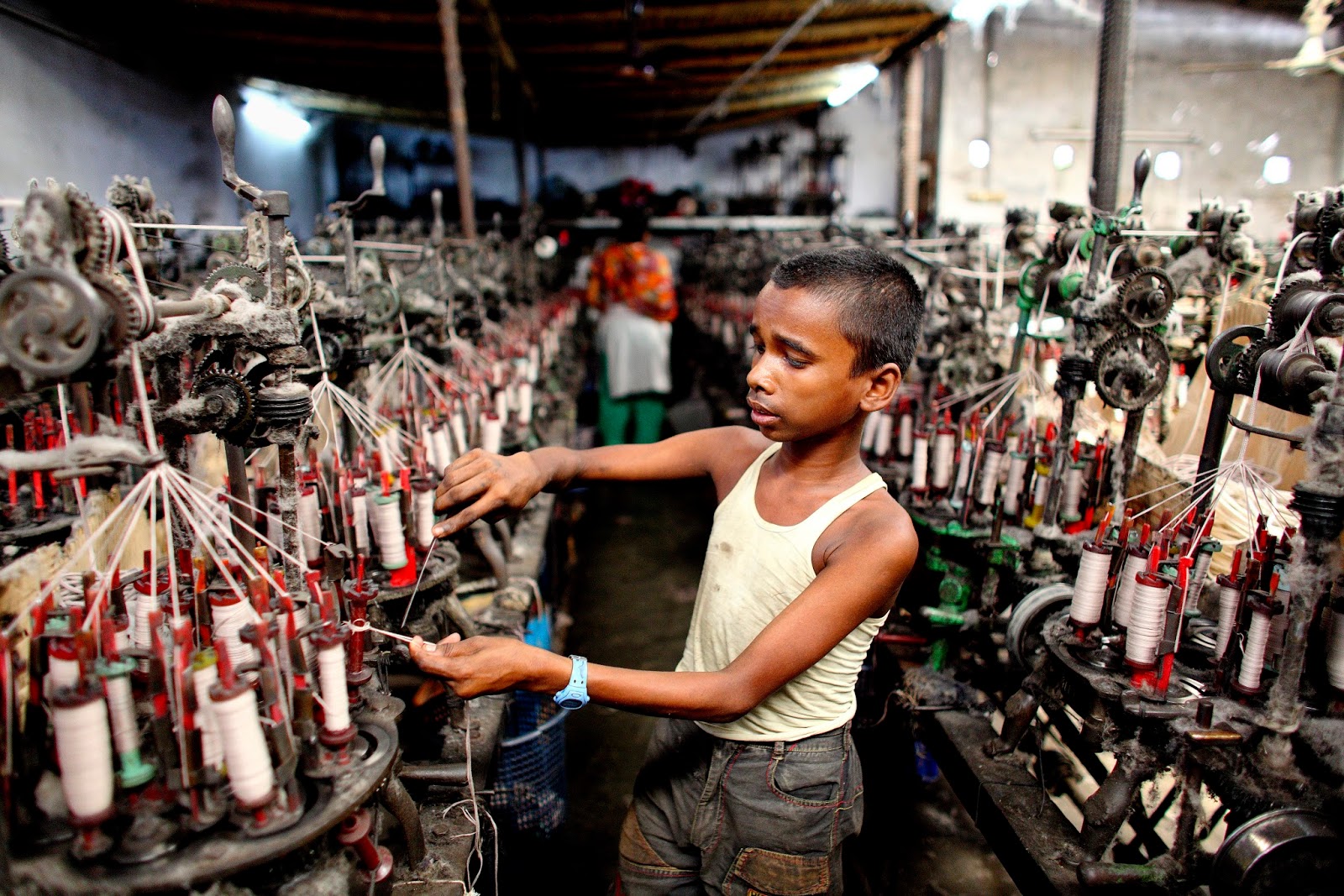
Tackling child labour in the fashion industry. June 13 2017. Credit: Zoriah. New research suggests that firms with a good reputation for ethical sourcing in the fashion industry are judged more.
Ending Child Labor in Pakistan The Project
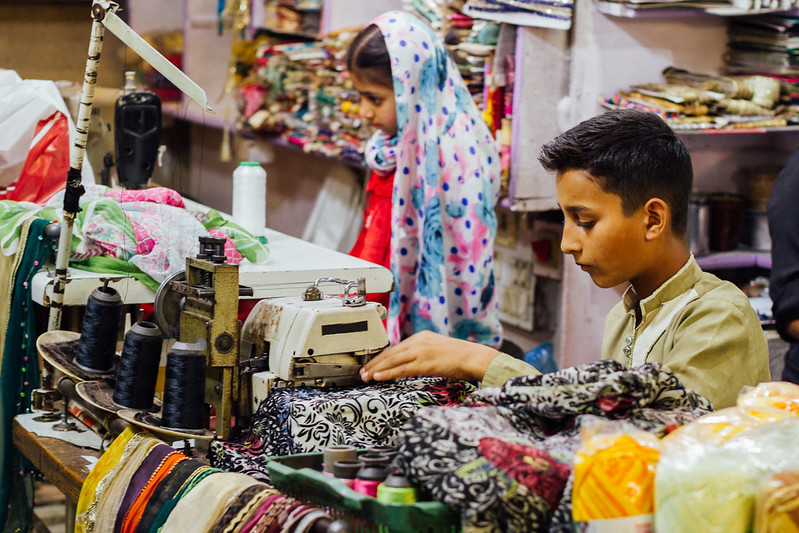
It has been confirmed by the International Labour Organisation (ILO) that a large percentage of 170 million child labourers are forced to make textiles and garments in order to satisfy the demand of consumers in Europe, the US, and worldwide. Common Objective (CO) a global business network for the fashion industry, echoes a similar statistic.
Asian Express Newspaper Risk of forced labour in clothing industry rises due to pandemic
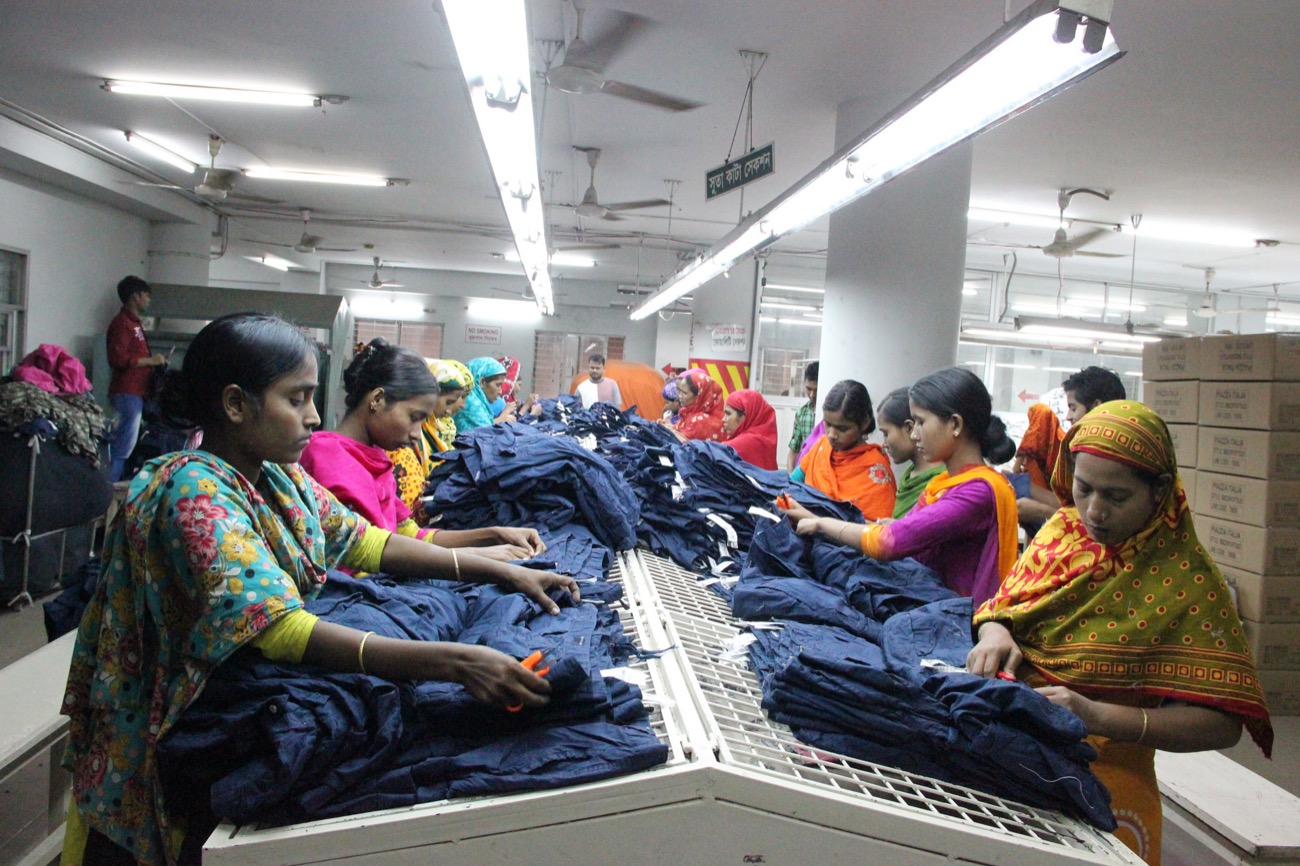
Prevalence of Child Labor in the Fashion Industry. Child labor in clothing industry has been prevalent for decades, despite global efforts to eliminate it. What's depressing is obtaining accurate statistics on child labor in this sector is challenging due to its hidden nature, limitations in monitoring systems, and lack of transparency in.
Tools Child Labour in Garment Supply Chains IRBC Agreements
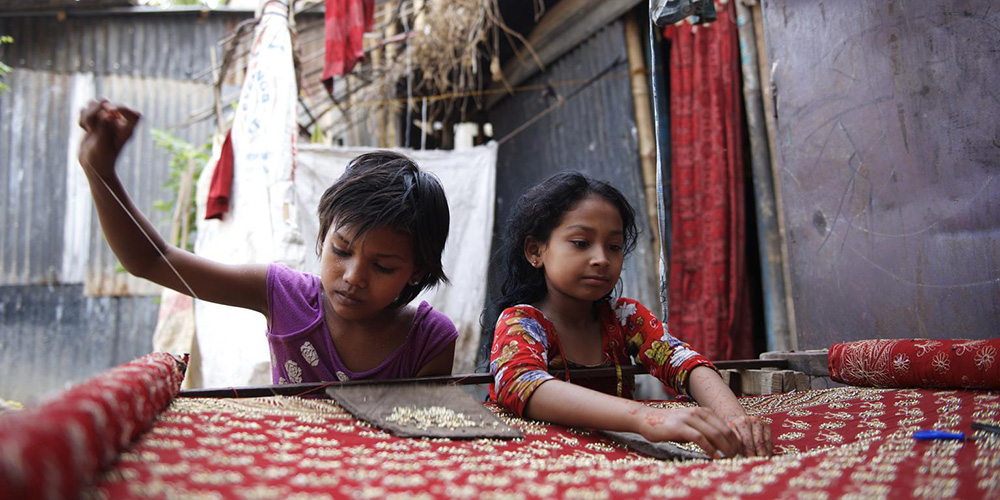
The textile industry also uses child labor particularly because it is often low skilled, so children can be exploited at a younger age. Additionally, the health of laborers is adversely affected by working conditions. The production of fast fashion clothing employs the use of 8,000 synthetic chemicals.
The Best Ideas for Child Labor In Fashion Industry Home, Family, Style and Art Ideas
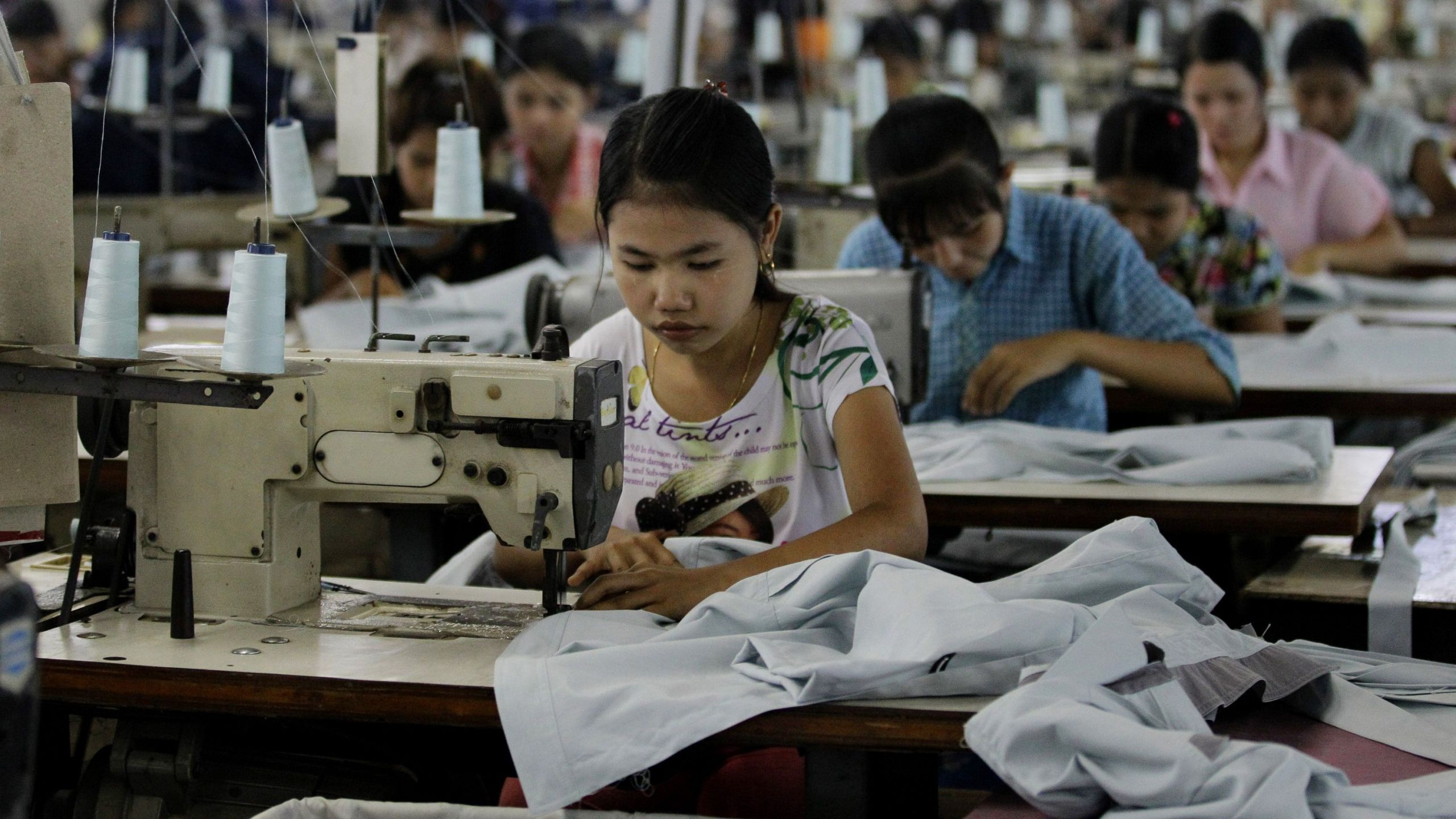
Children's rights in the garment and footwear supply chain. While child labour is a critical concern, children are also impacted in many other ways - from weak maternity protection for working mothers, absence of childcare and breastfeeding support in factories, and poor WASH and living conditions in garment worker communities..
Clothing Brands Using Child Labour

Following the Civil War, the cotton mill industry, based partially on child labor,. There's too many flowers." 92 Flowers, brushes, and clothing were the sorts of goods that began to be produced through home production in the late 19th century. Concentrated around New York's garment factories, home workshops gave manufacturers an.
Oxfam Report Global Fashion Industry Child Labour

The group identified allegations of forced labour in the supply chains of 54 percent of companies it examined. "What stood out to us is that the average score for the sector was 41 out of 100.
Tackling child labour in the fashion industry

30 May 2019. LONDON — Progress tackling child labour in global supply chains has stalled, according to a report published Thursday, with the problem still a major risk in countries that serve as fashion's most important manufacturing hubs. Verisk Maplecroft's annual Child Labour Index found that China, India, Bangladesh, Vietnam and.
Ethical issues remain in the fashion industry Raconteur
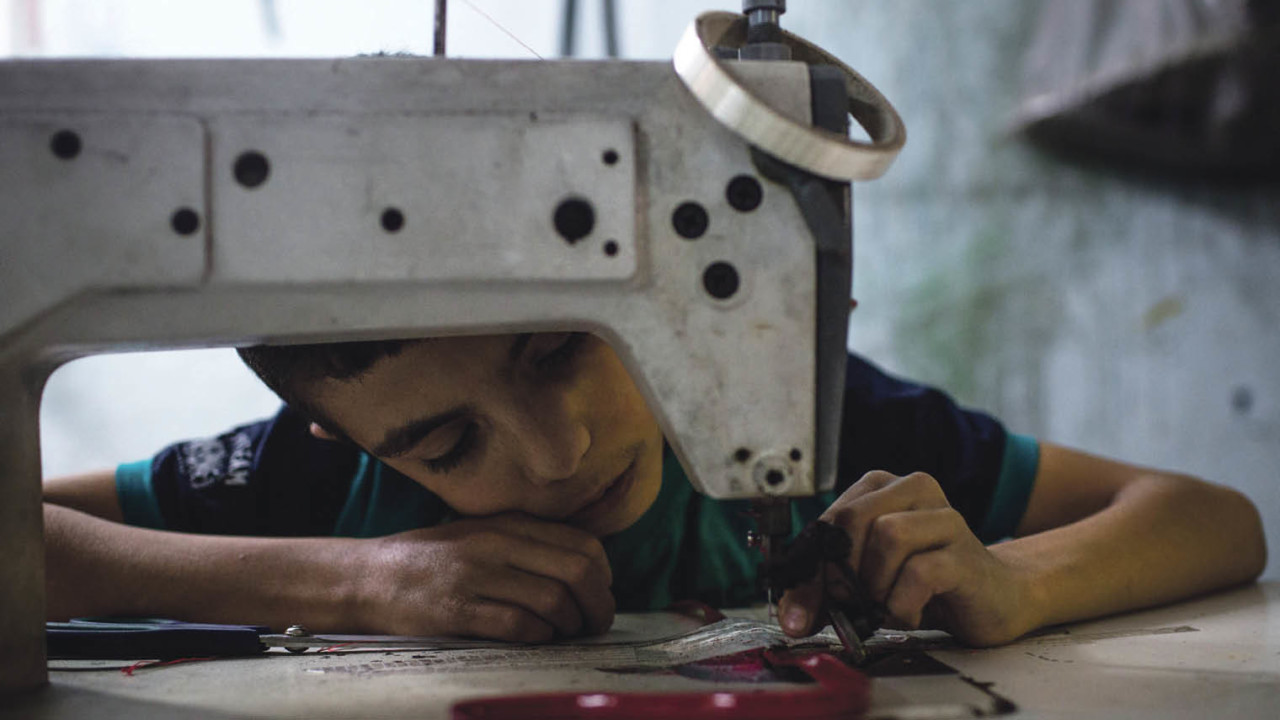
At first glance, one might struggle to see the link between fast-fashion and children's rights.However, the fashion industry is not 'just' about clothes. On the one hand, it heavily relies on child labor, violating children's right to education, freedom and protection.On the other, it bears the human, health and social cost of being the second most polluting industry, with.
Petition · Stop Child Labor in the fashion industry ·

Child labour can be found at all levels of the fashion industry, and nowhere is this more evident than cotton production. In the cotton industry, children have historically been used to cross-pollinate the cotton plants, to harvest the crop, and in spinning, weaving, and dyeing mills. This has been particularly evident in Uzbekistan, where.
.